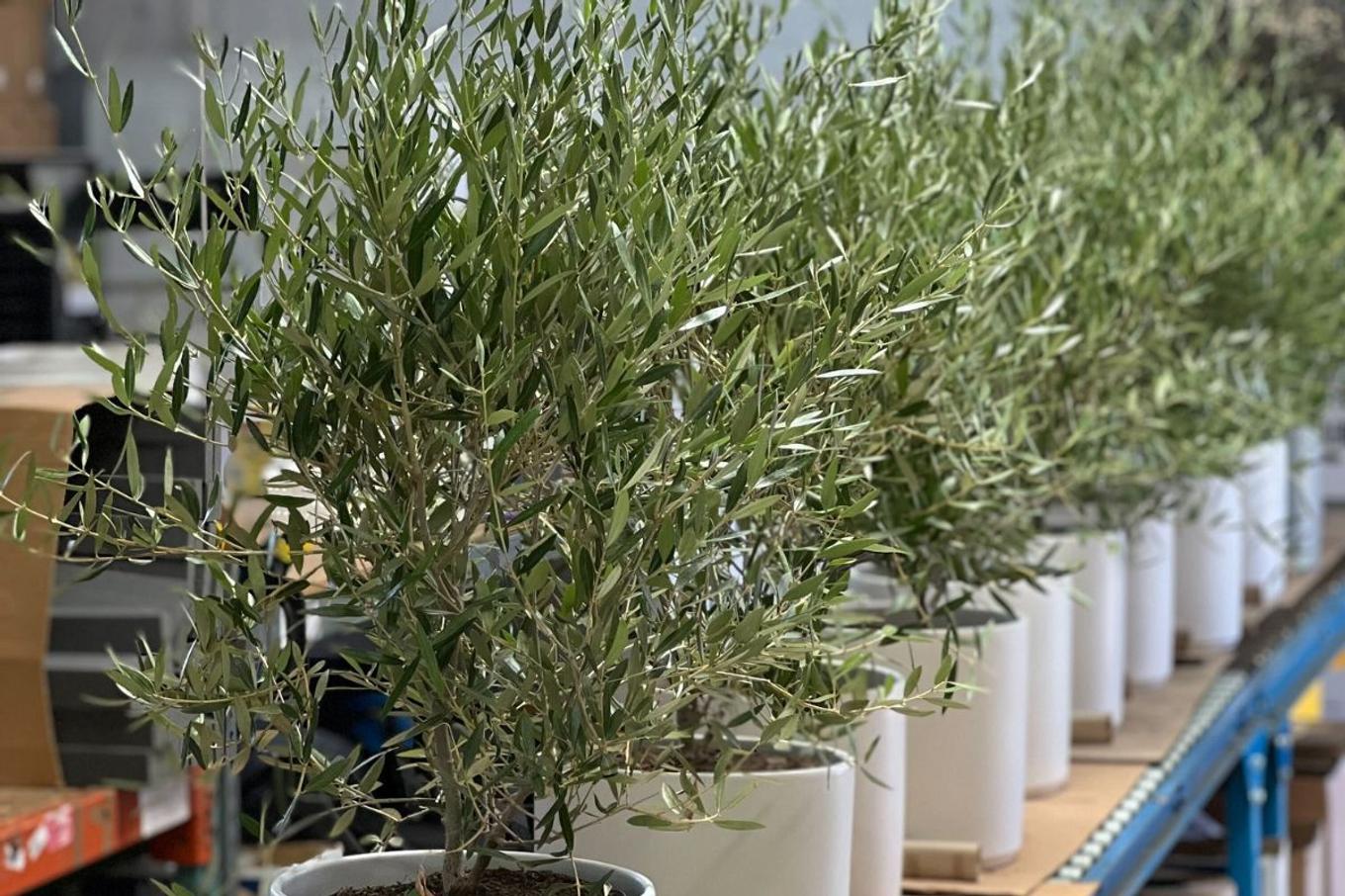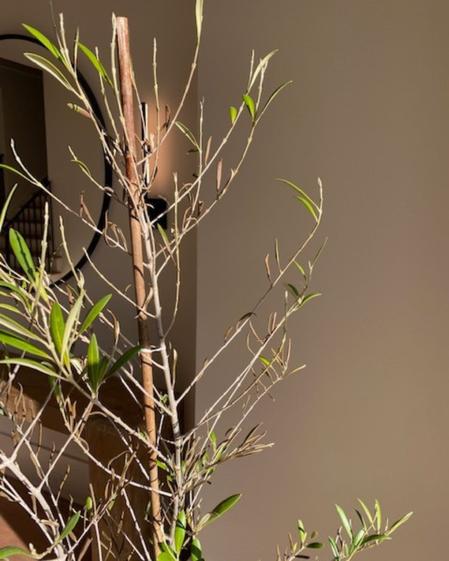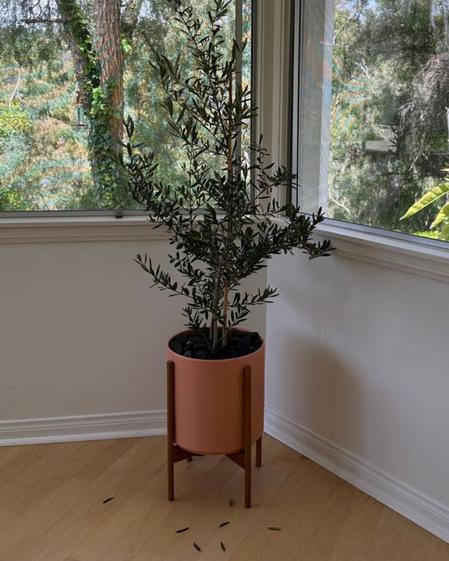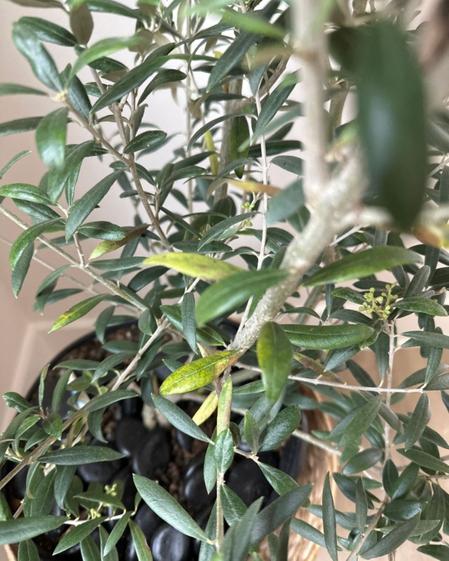Olive Tree Care Guide

With its silvery-green leaves and Mediterranean charm, the Olive Tree (Olea europaea) brings a touch of the sun-drenched coast indoors. Known for its graceful, narrow leaves and unique silvery hue, this hardy yet elegant plant is a favorite for both novice and experienced plant lovers alike. Keep reading for easy care tips to help your Olive Tree thrive and flourish for years to come.
Simple Care Instructions for the Olive Tree
Light Requirements
Olive Trees thrive in bright, direct sunlight, preferring at least 6 hours of full sun each day. While they can tolerate some indirect light, they will not flourish as well in lower light conditions. If you're growing your Olive Tree indoors, place it near a south or west-facing window for the best exposure to sunlight.
Watering Needs
Water your Olive Tree deeply when the topsoil is dry, typically once every 1-2 weeks. Olive Trees prefer a dry-wet cycle, so it's important to allow the soil to dry out between waterings. Be cautious not to overwater, as this can lead to root rot. If you're unsure, a moisture meter can help you know when it's time to water. Shop our favorite minimalist moisture meter here.
Humidity and Temperature
Olive Trees are well-suited to dry, Mediterranean climates and can tolerate lower humidity levels. However, avoid placing them in areas with extreme humidity or in bathrooms. They thrive in temperatures ranging from 60-80°F (15-27°C) and prefer a stable environment. Keep them away from cold drafts, air conditioning vents, and temperature fluctuations. Avoid exposure to frost, as this can damage the plant.
Soil and Fertilizing
Use well-draining soil for your Olive Tree, such as a cactus or succulent mix, to ensure proper water drainage. If necessary, you can amend the soil with sand or perlite for added drainage. To encourage healthy growth, feed your Olive Tree with a balanced liquid fertilizer once a month during the growing season (spring and summer). During fall and winter, reduce or pause fertilizing as the tree's growth slows.
Common Problems and Troubleshooting Tips
Brown Tips – Underwatering
Symptoms: The edges of the leaves turn crispy and brown.
Cause: Dehydration, not enough water.
Solution: Olive Trees are drought-tolerant but need regular watering. If the soil is too dry for too long, the leaf edges will begin to crisp up. Make sure you're watering consistently, and check that the soil is drying out between waterings. If you’re in a particularly dry area, consider using a humidity tray to add some moisture to the air around your tree.
Yellow Leaves – Overwatering
Symptoms: Leaves turning yellow and drooping.
Cause: Overwatering or poor drainage.
Solution: While Olive Trees are drought-tolerant, they are sensitive to overwatering. If the soil is constantly wet, the roots may suffocate, causing yellowing leaves. Make sure your pot has proper drainage and allow the soil to dry out between waterings. If you suspect overwatering, check the roots for any signs of rot. If the roots are mushy or brown, trim the damaged roots and repot your tree in fresh, well-draining soil.
Leaf Drop – Not Enough Light
Symptoms: Leaves yellowing and falling off, particularly the older leaves.
Cause: Insufficient light. Olive Trees require a lot of sunlight to stay healthy and thrive. If your tree is not getting enough light, it will shed leaves, especially those that are older or less exposed to sunlight.
Solution: Ensure that your Olive Tree is getting at least 6 hours of direct sunlight each day. If you're growing it indoors, place it near a south or west-facing window. If you cannot provide enough direct light indoors, you may consider supplementing with a grow light to give your Olive Tree the light it needs to thrive.

Olive Trees may lose leaves due to not receiving enough light, or a watering issue.

Possibly not enough light.

Leaves turning yellow most likely overwatering.
Seasonal Care Tips
Olive Trees follow a seasonal rhythm, even indoors. During spring and summer—their active growing season—they benefit from as much direct sunlight as possible and slightly more frequent watering. If conditions allow, you can move your tree outdoors in full sun, gradually acclimating it to avoid shock. Monthly feeding with a balanced liquid fertilizer during this time supports healthy foliage and root growth.
As fall arrives, growth slows and care should adjust accordingly: reduce watering, pause fertilizing, and move the plant to the brightest indoor spot available. In winter, Olive Trees go dormant—water only when the soil is fully dry several inches down, and keep the plant away from cold drafts or heat sources. While your indoor Olive Tree won’t produce fruit, following its seasonal needs will keep it healthy and beautiful year-round.



